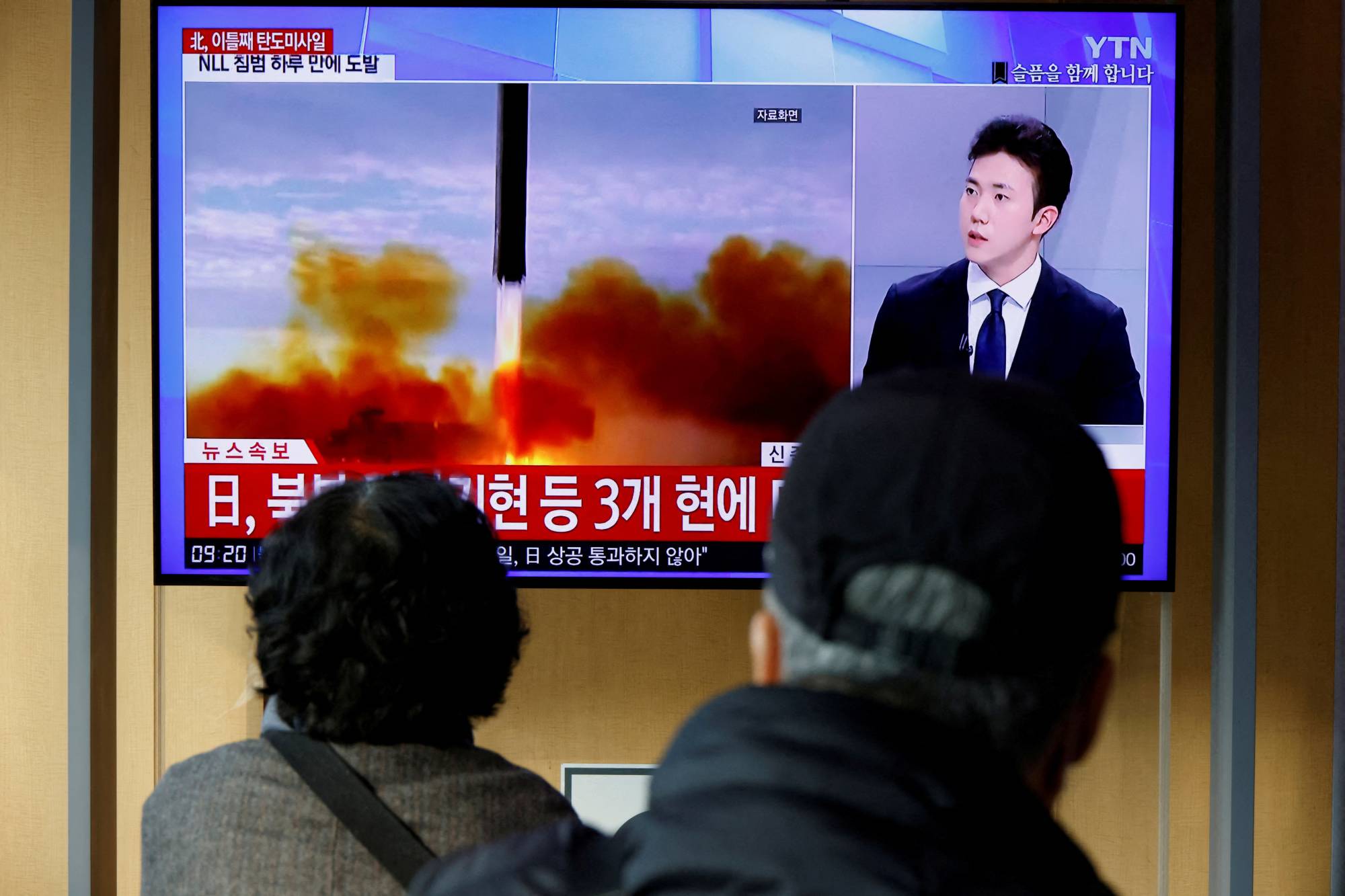North Korea launched at least one ballistic missile Wednesday, Japan's Defense Ministry said, just hours after polls closed for midterm congressional elections in the United States.
The ministry said the missile had traveled 250 kilometers, hitting a maximum altitude of 50 km before falling into the Sea of Japan, outside Japan's exclusive economic zone, which extends 200 nautical miles (370 kilometers) from its coast.
South Korea's military also confirmed the launch of a short-range ballistic missile, saying it had been fired from the Sukchon area of South Pyongan Province.
















With your current subscription plan you can comment on stories. However, before writing your first comment, please create a display name in the Profile section of your subscriber account page.